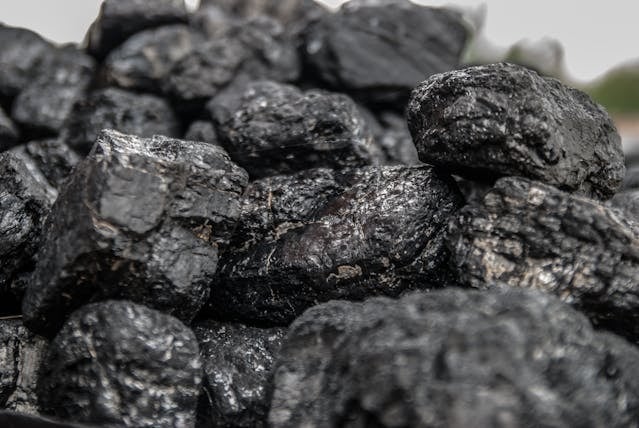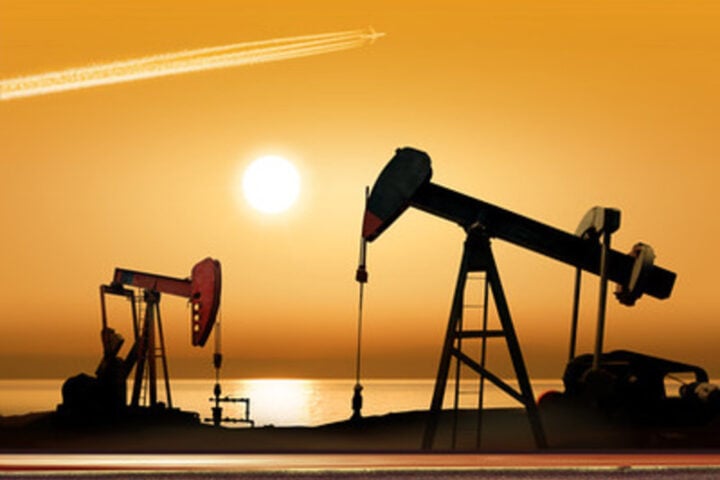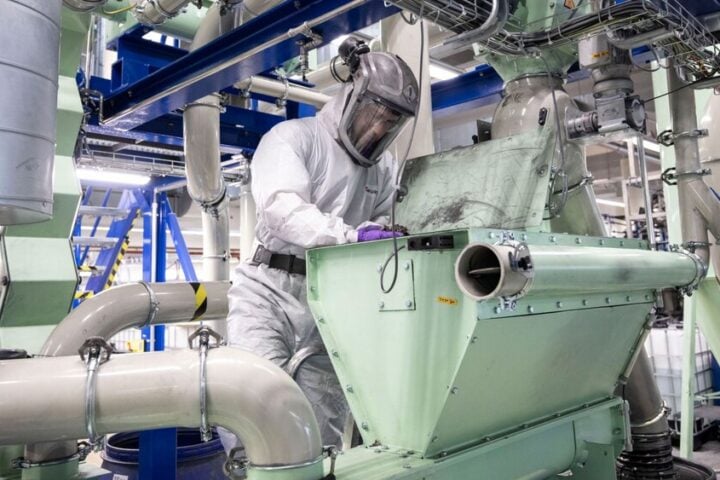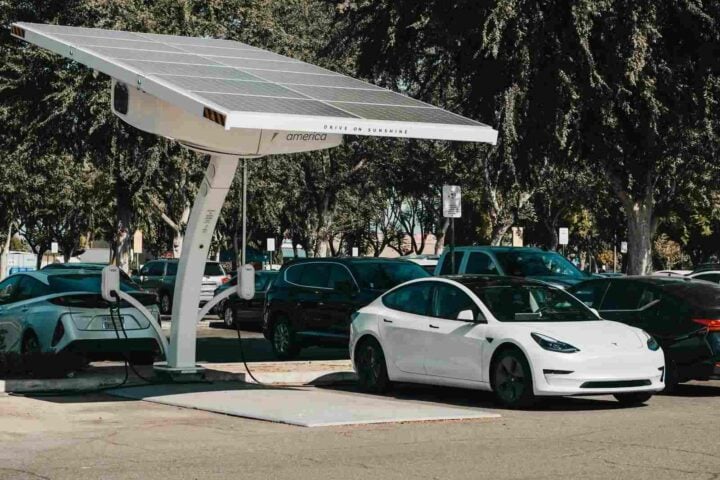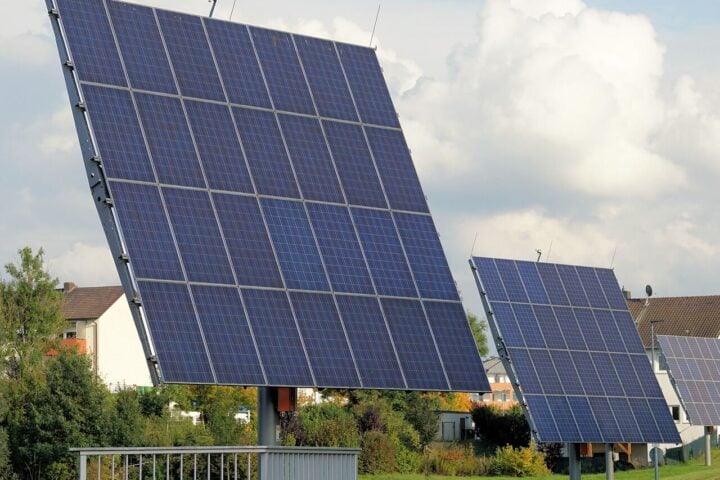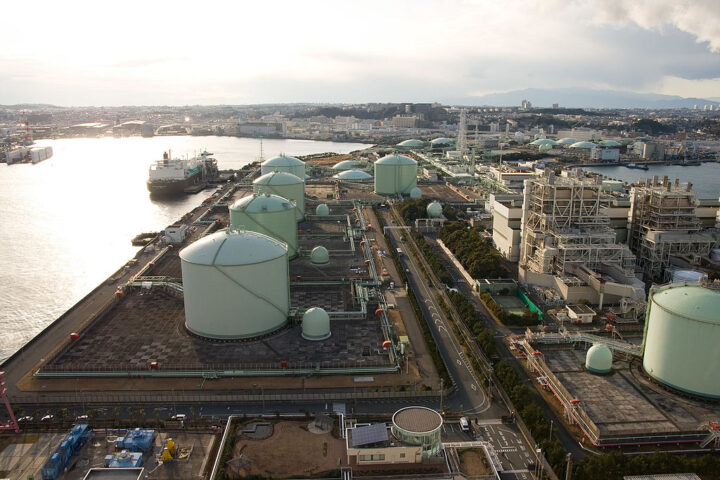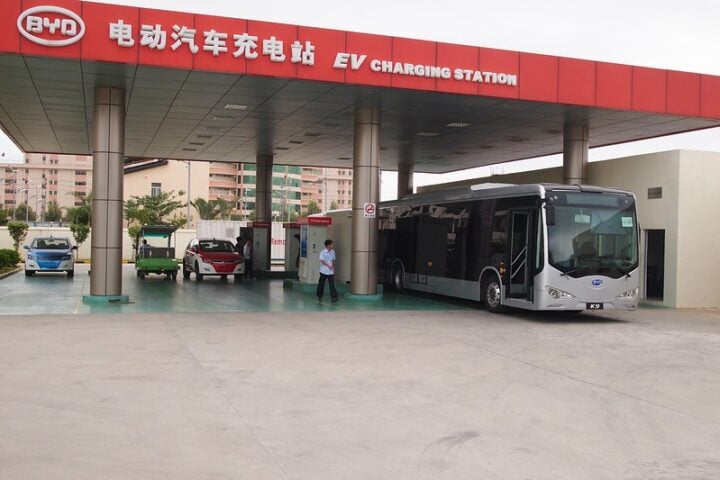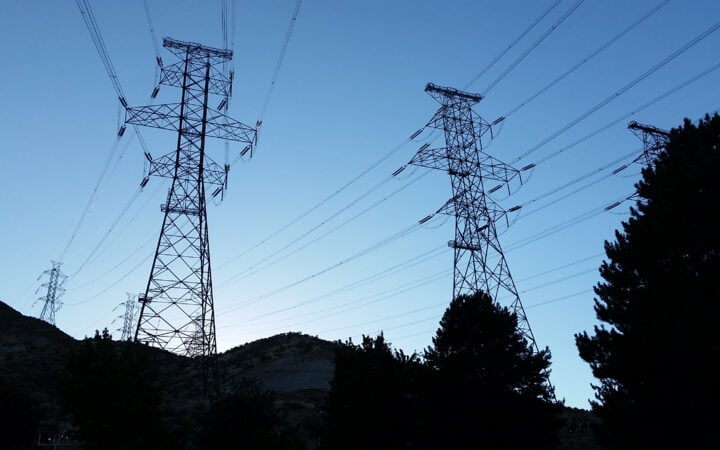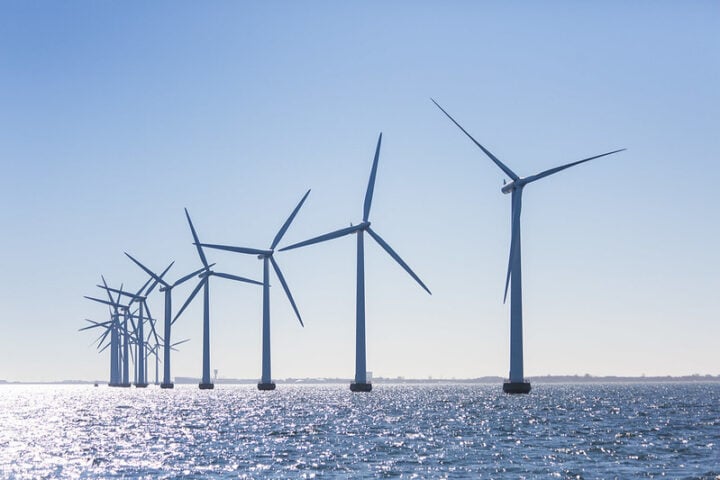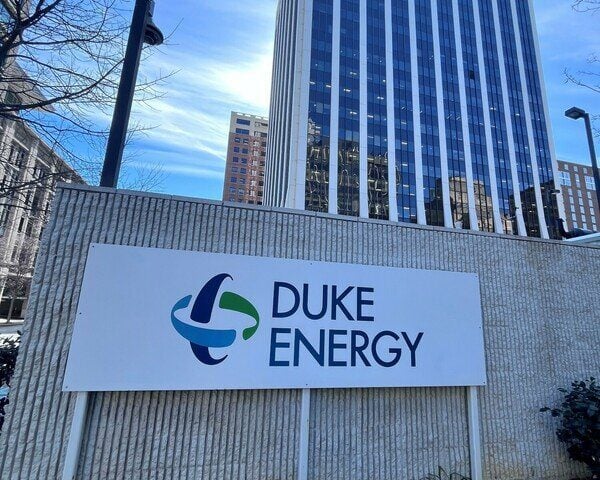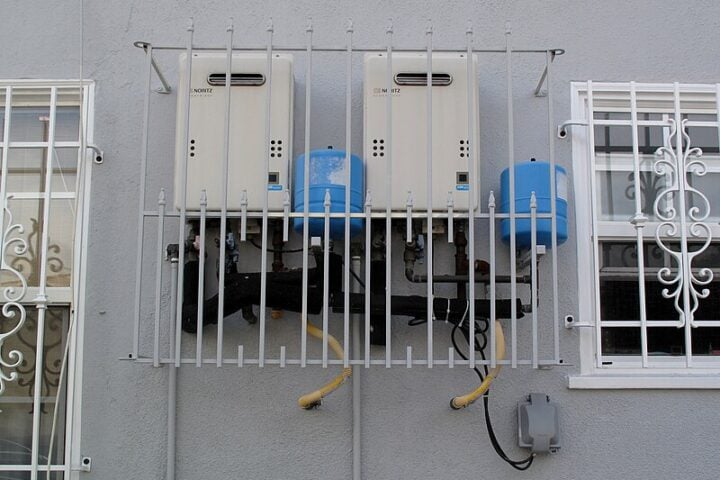Sustainability is the new mantra of the 21st century. We want to generate electricity, but it should be carbon-free. Ammonia (NH3) is a promising hydrogen carrier for sustainable power generation. Ammonia is becoming a key player in the global energy transition.
A high-temperature fuel cell stack (SOFC) has been developed by the researchers at the Fraunhofer Institute for Ceramic Technologies (IKTS). SOFC uses ammonia to generate electricity efficiently. Cracking ammonia at a high temperature, hydrogen is produced. That hydrogen is converted to electricity in the fuel cell. The waste heat can be used for heating.
As an efficient hydrogen carrier, ammonia offers a high-energy-density alternative. Ammonia can be easily liquefied and transported, so there is no problem with its storage. Electricity is generated by this process without emissions of carbon dioxide (CO2) or harmful byproducts.
The significant role of low emissions in the hydrogen production pipeline is highlighted by the IEA (International Energy Agency) as part of Global Hydrogen Review 2024. Many industries have shown an application of ammonia for power generation. Marking a step towards eco-friendly solutions based on ammonia/hydrogen, a marine ammonia engine was unveiled by Hyundai Heavy Industries. A 100% ammonia-capable gas turbine has been developed by Mitsubishi Power company. It aims to commercialize by 2025.
Similar Posts
The widespread use of ammonia, if not managed properly, could pose risks to the nitrogen cycle and climate. However, ammonia is certainly a promising energy carrier. Recent advances in ammonia synthesis and electrocatalysis can help in this direction. National energy agencies and the IEA should support policies and incentives to foster green ammonia production and consumption.
A recent study by Princeton University has emphasized the need for proactive engineering practices to minimize the environmental impact of ammonia fuel. The Ammonia Co-Firing Strategy of China aims to achieve 10% co-firing by 2027. (China: renewable ammonia to reduce power generation emissions)Ammonia-based power generation offers great potential for a sustainable future. It can play a crucial role in the global energy transition with ongoing research and technological advancements.



